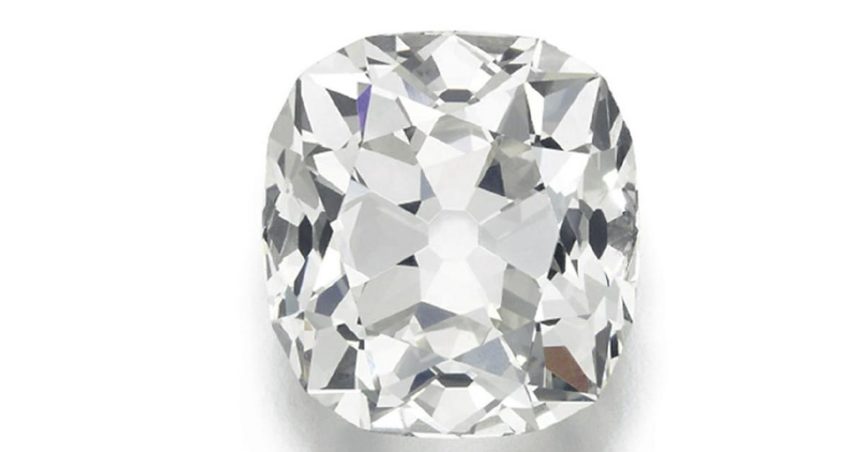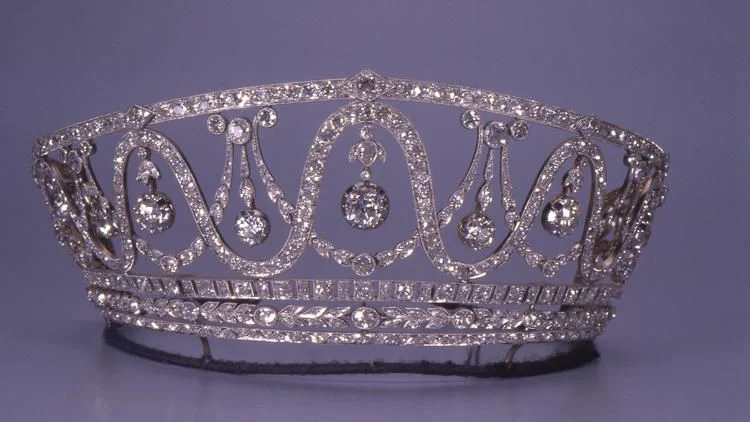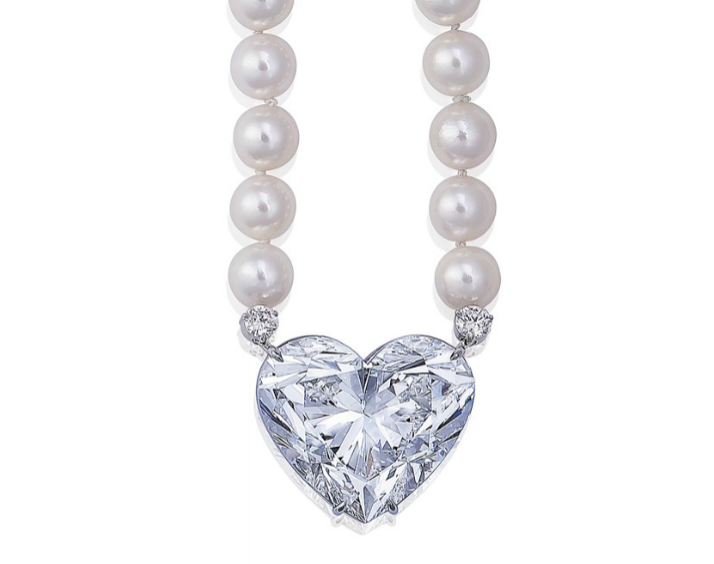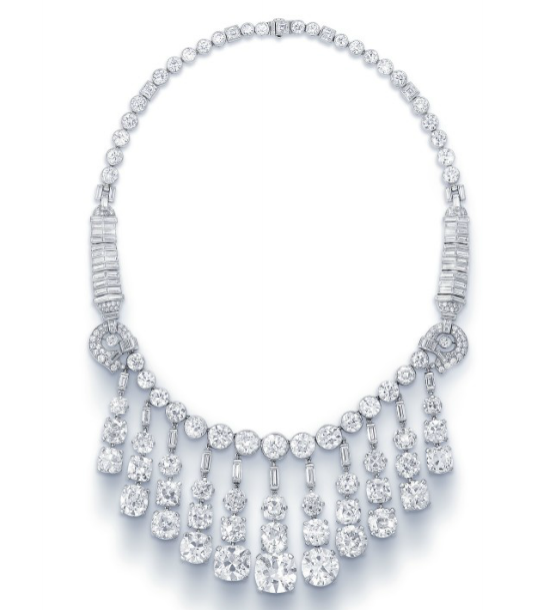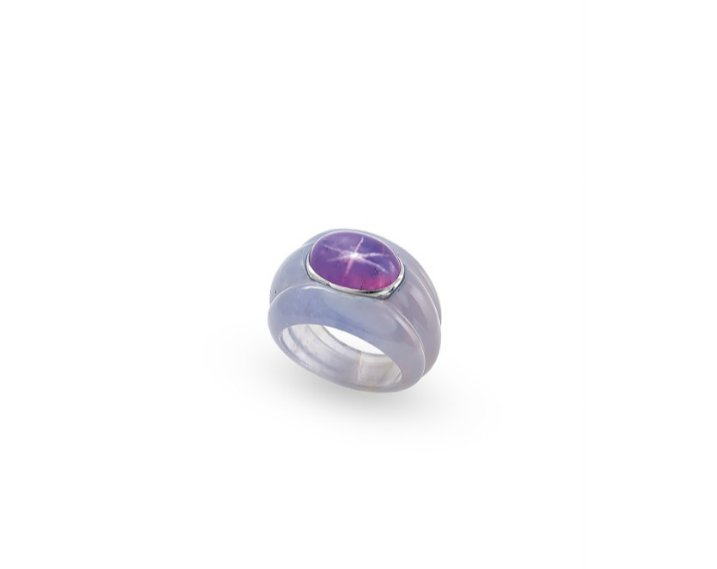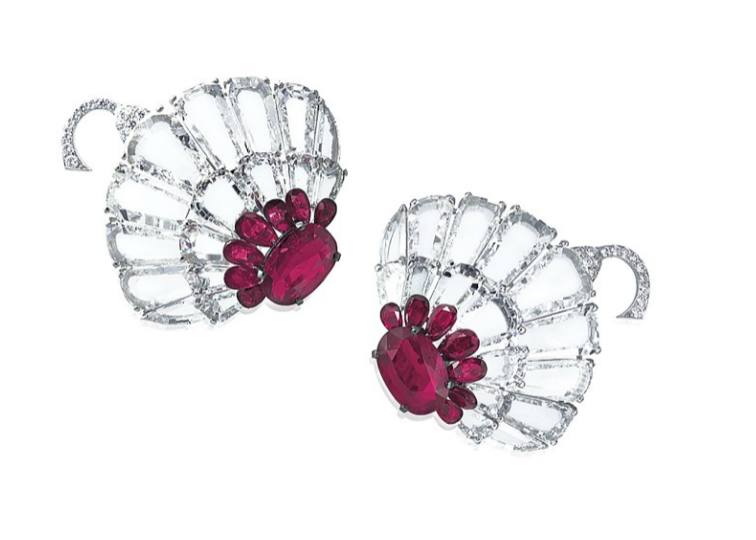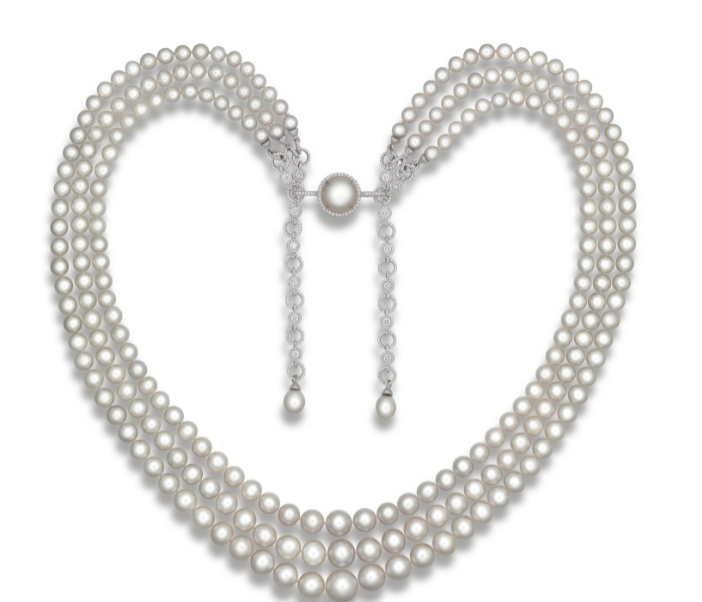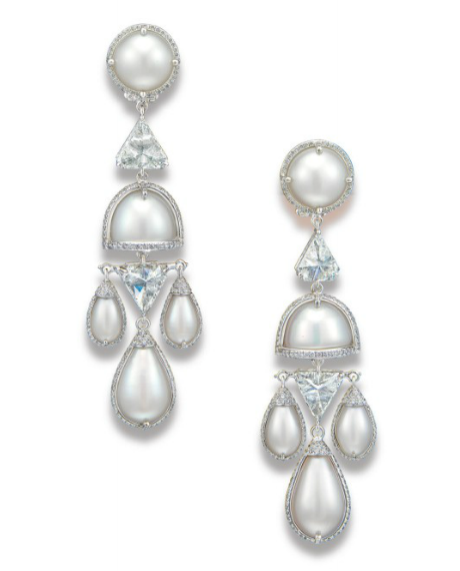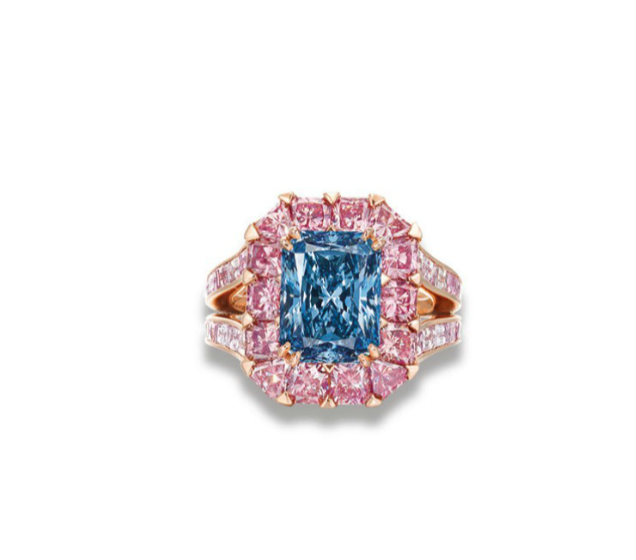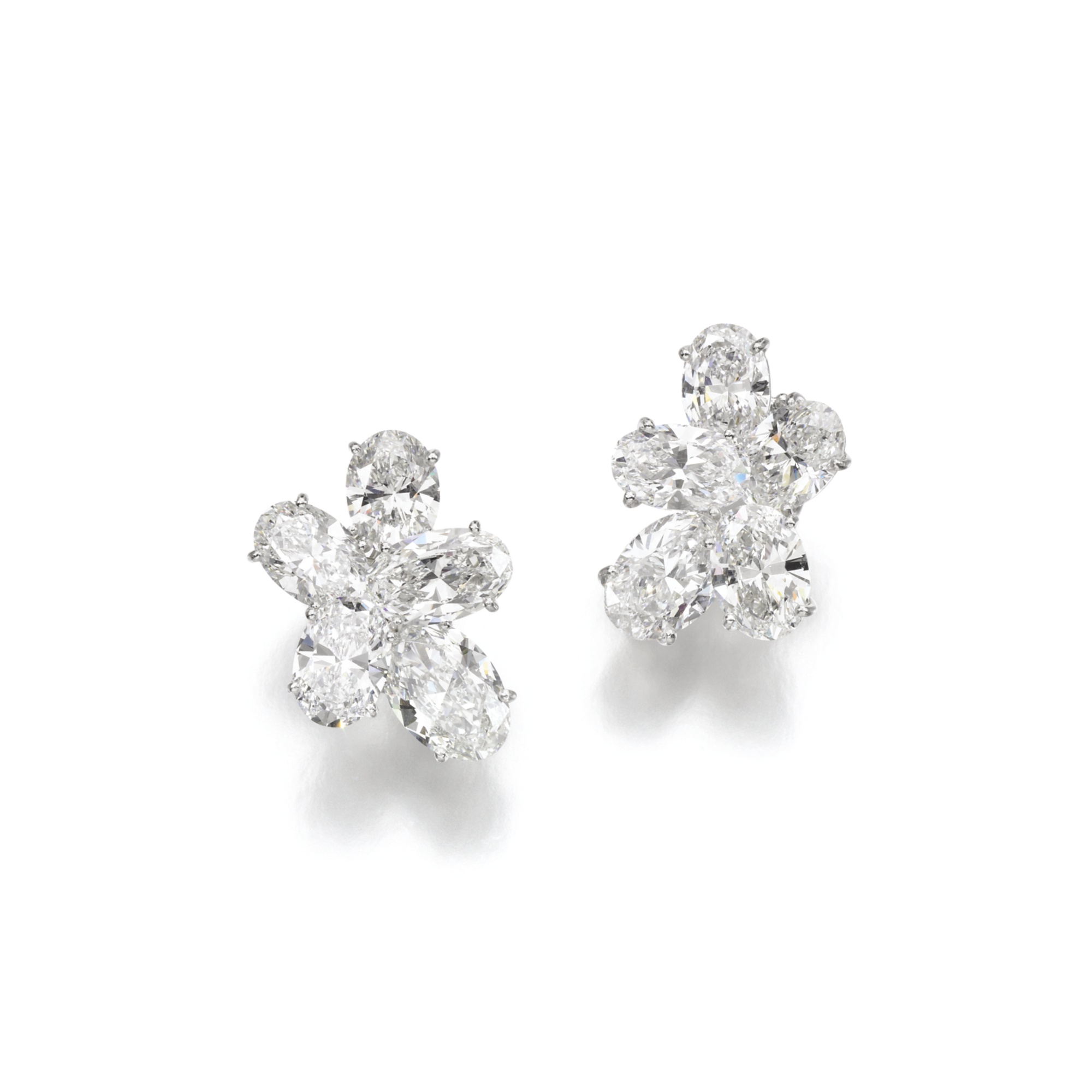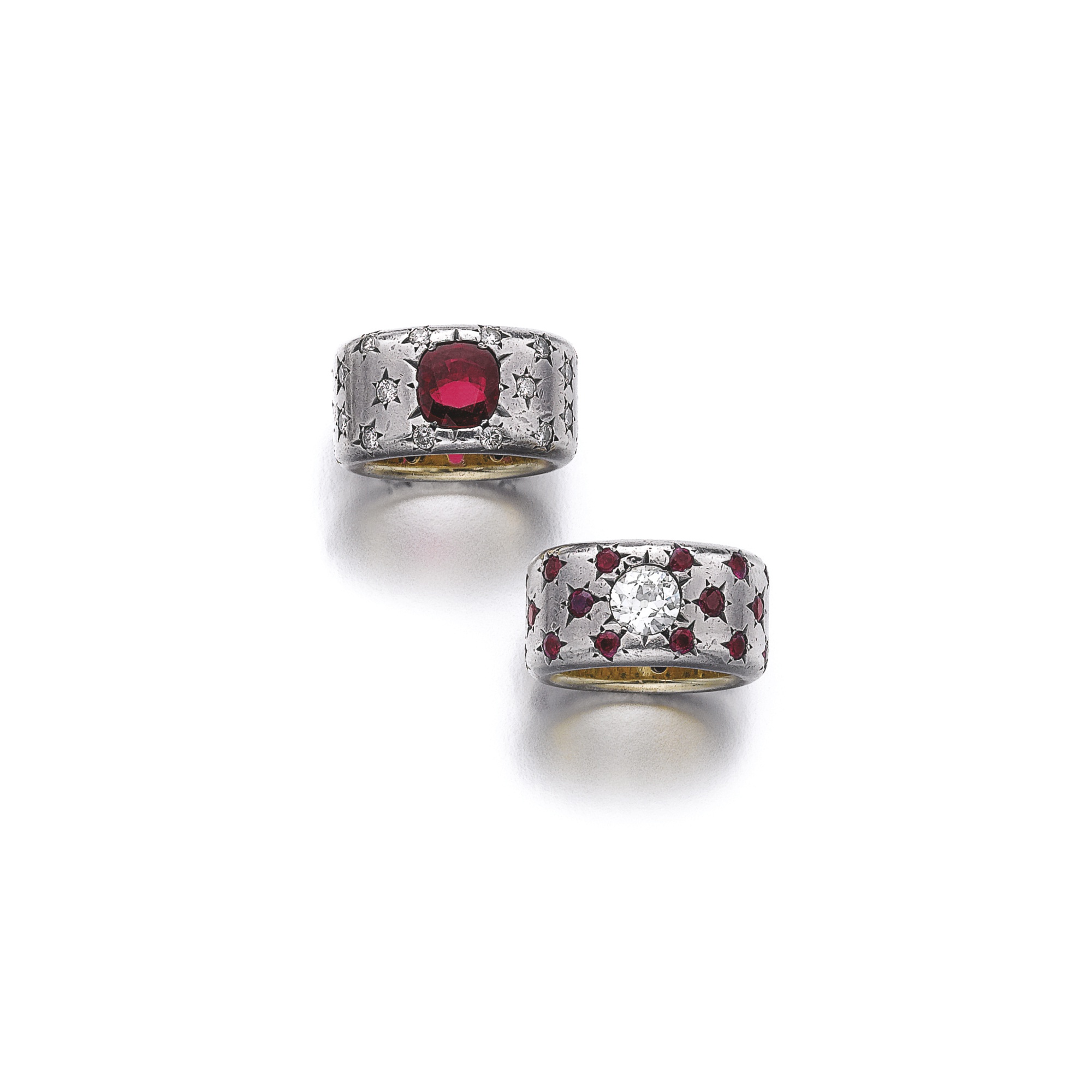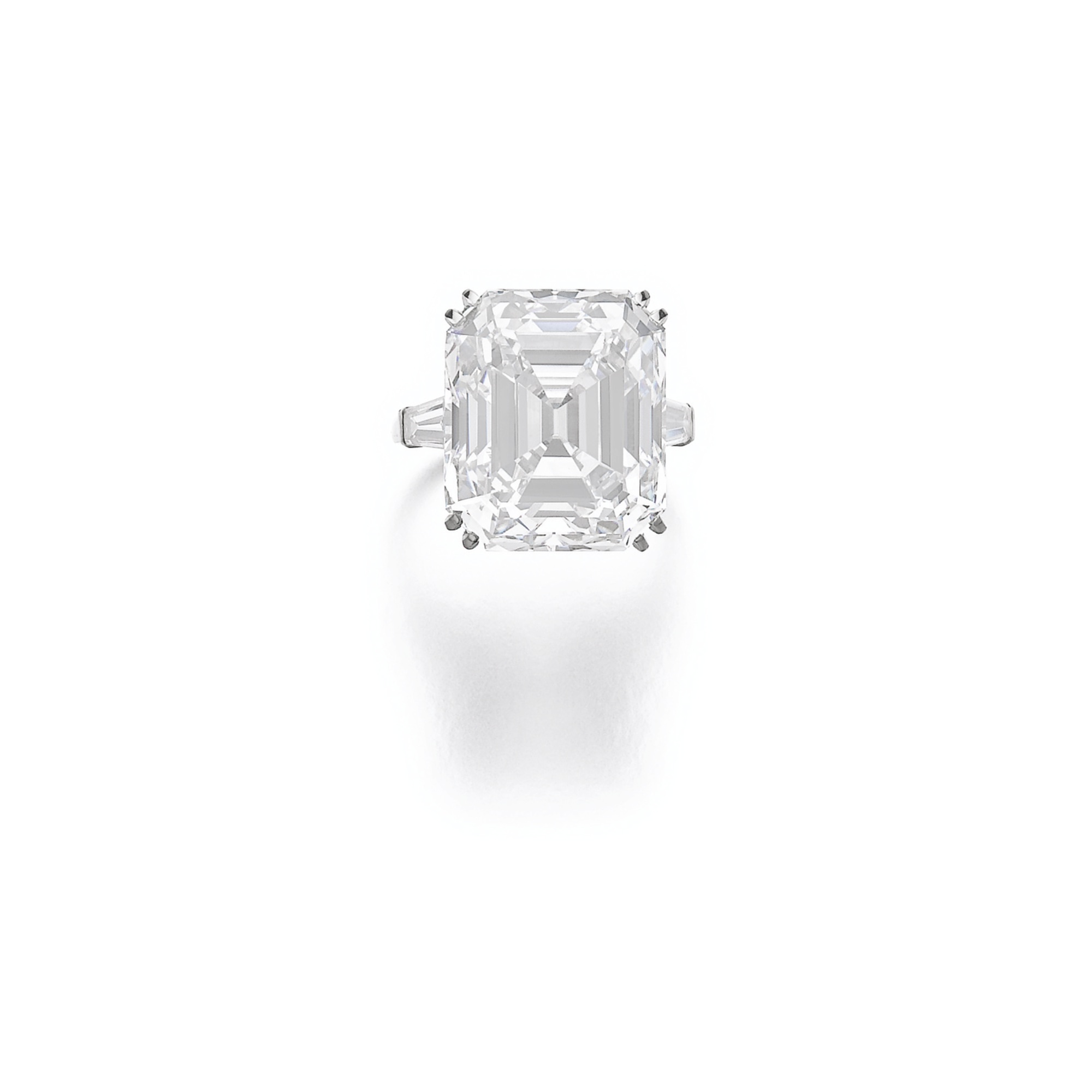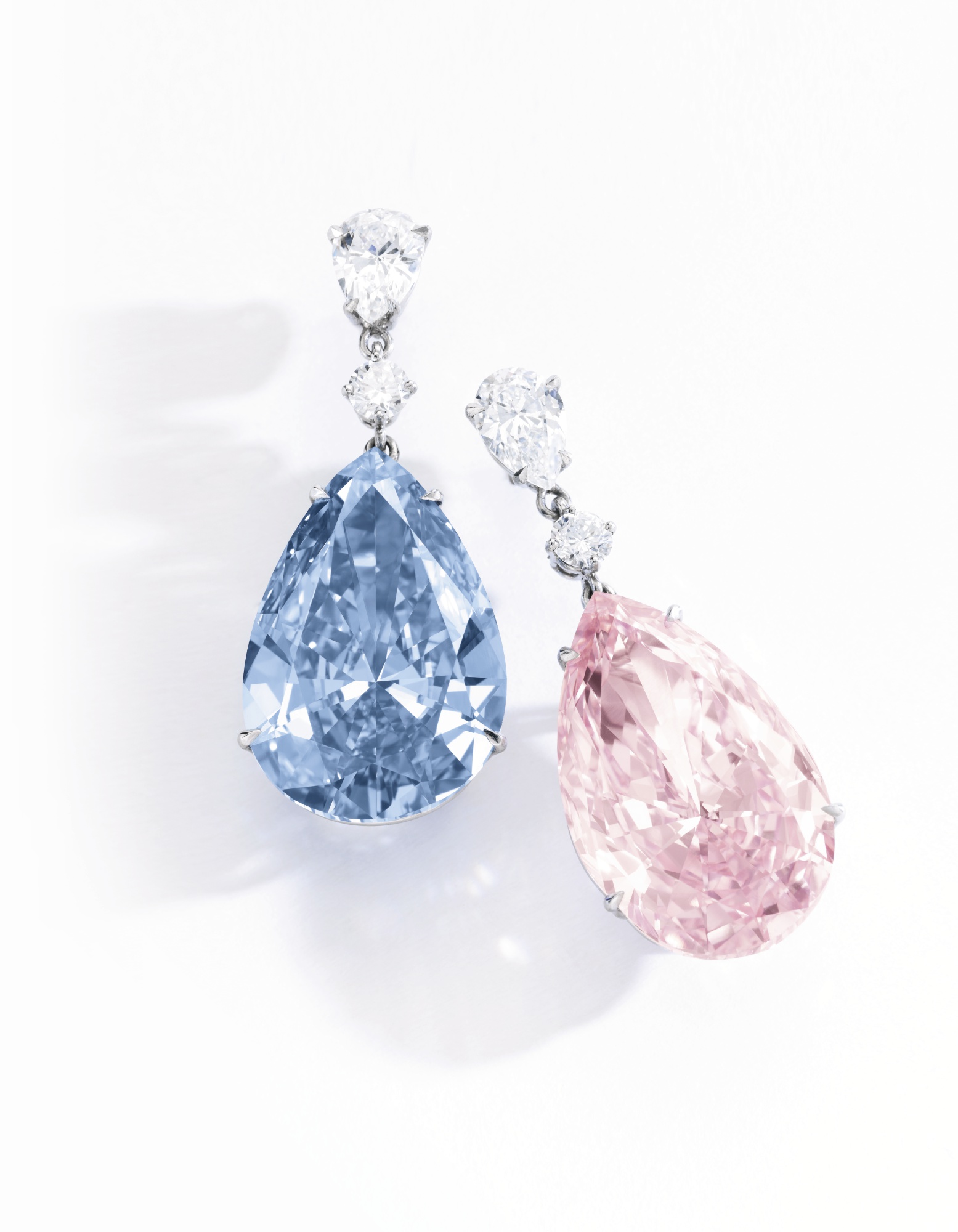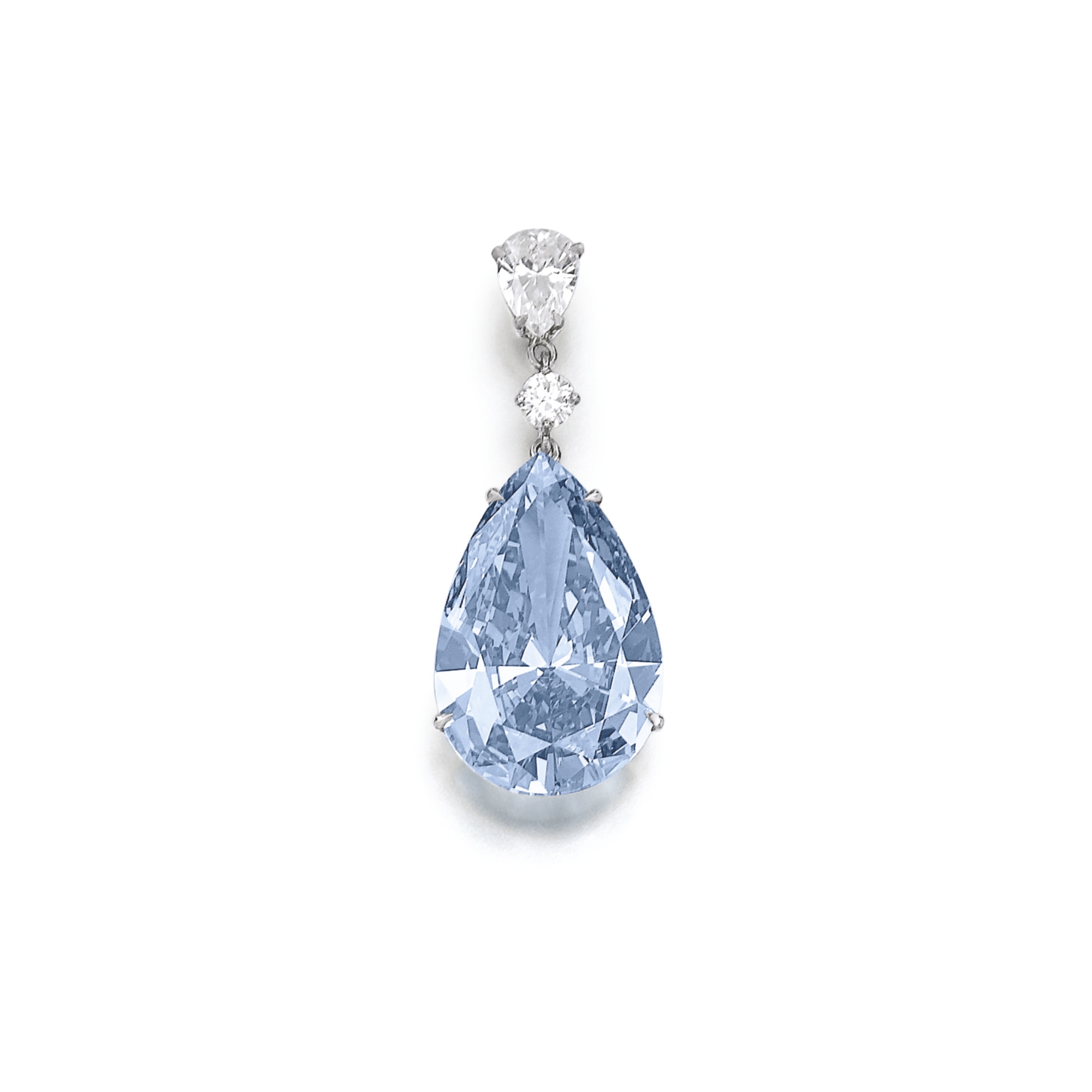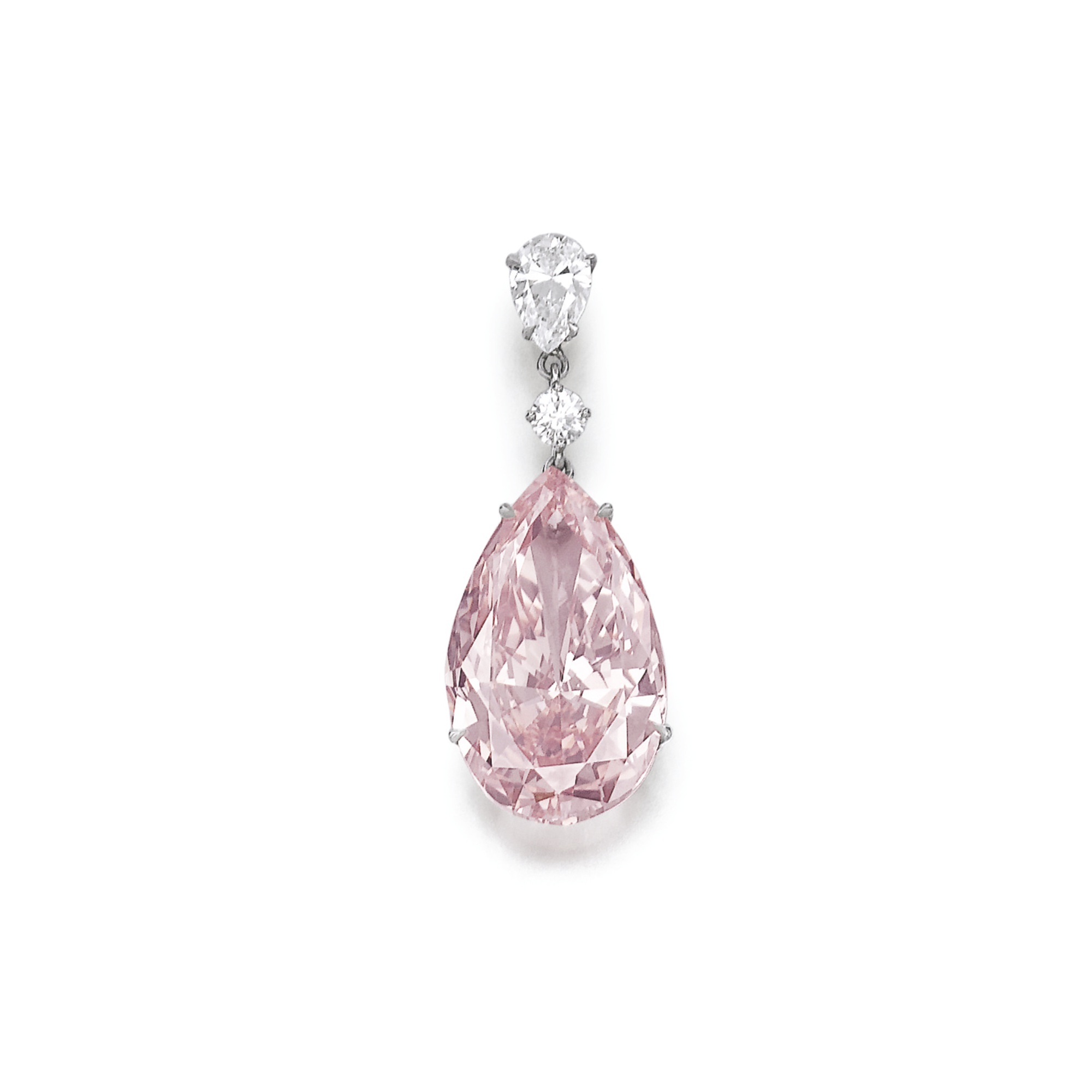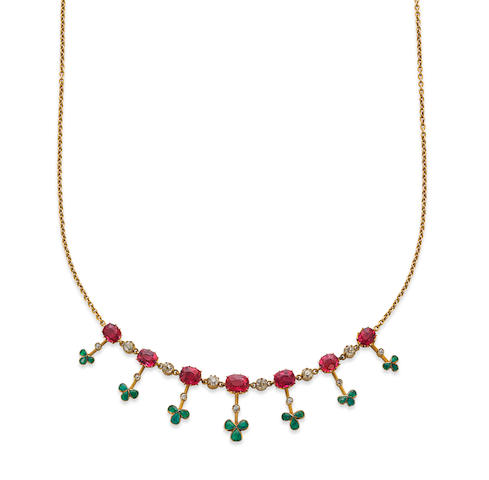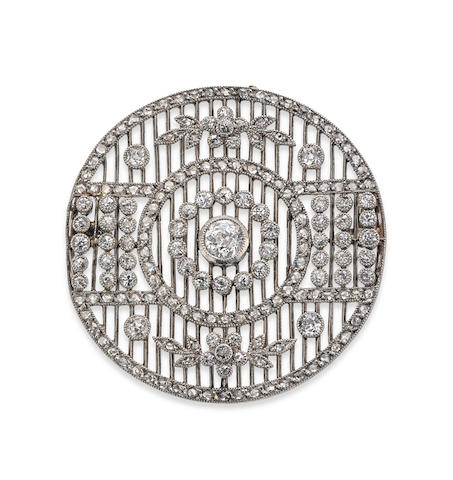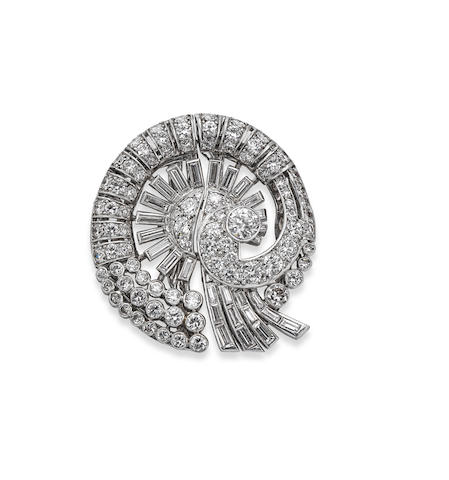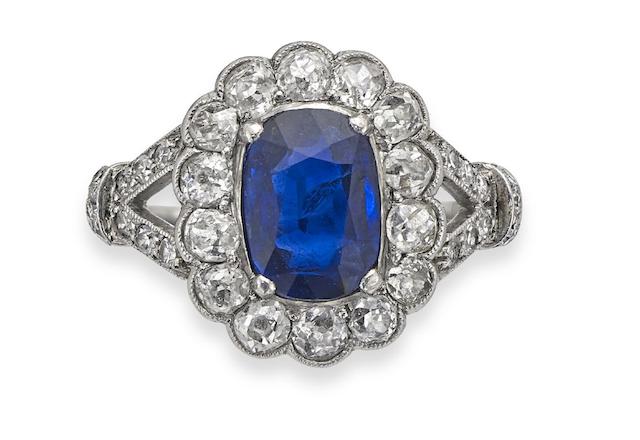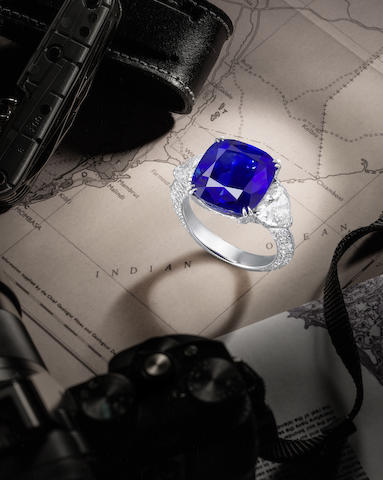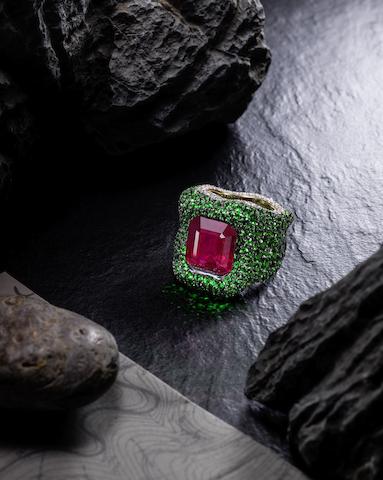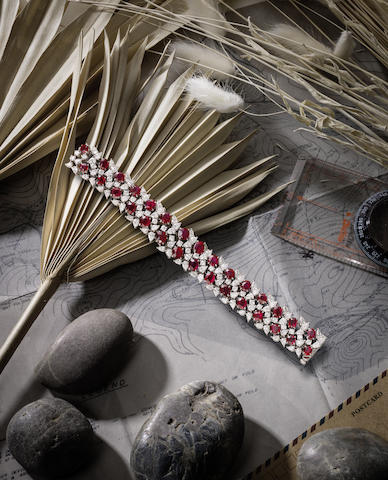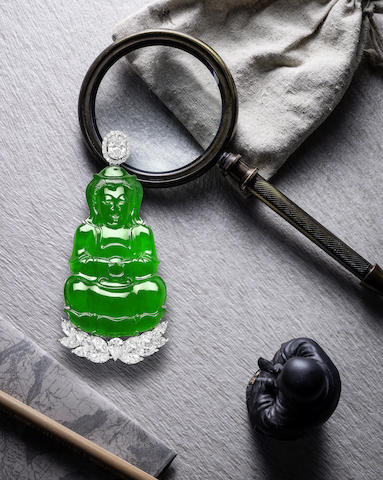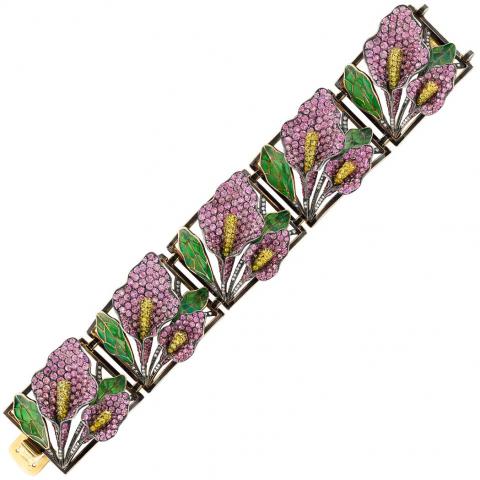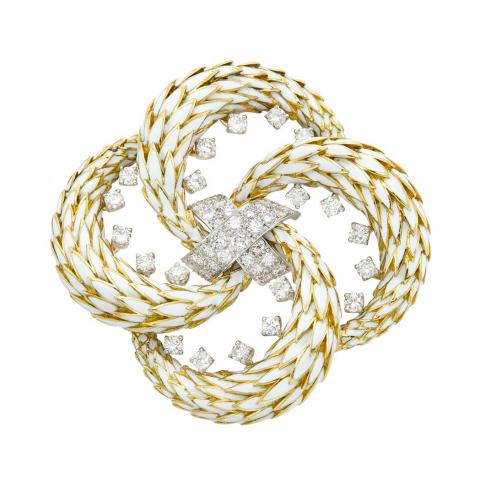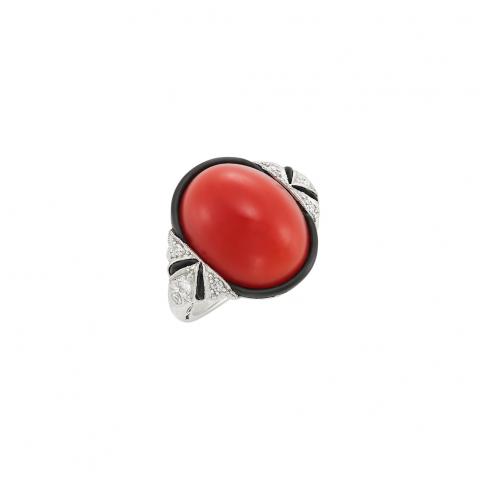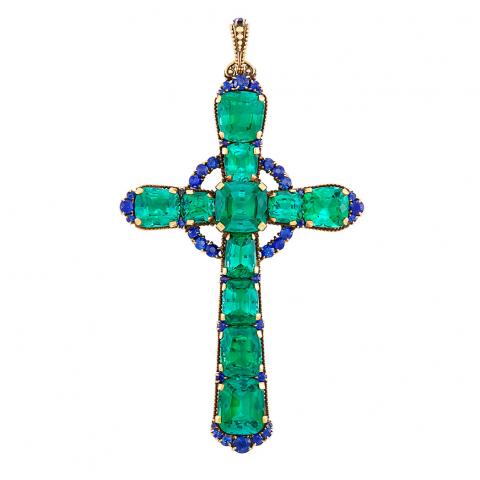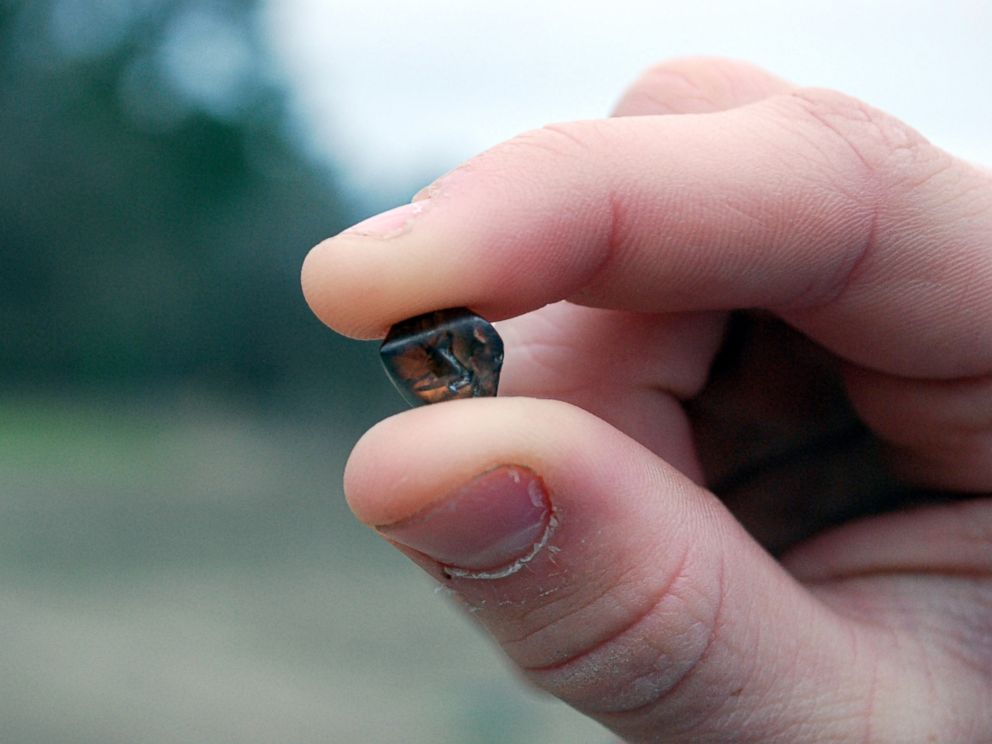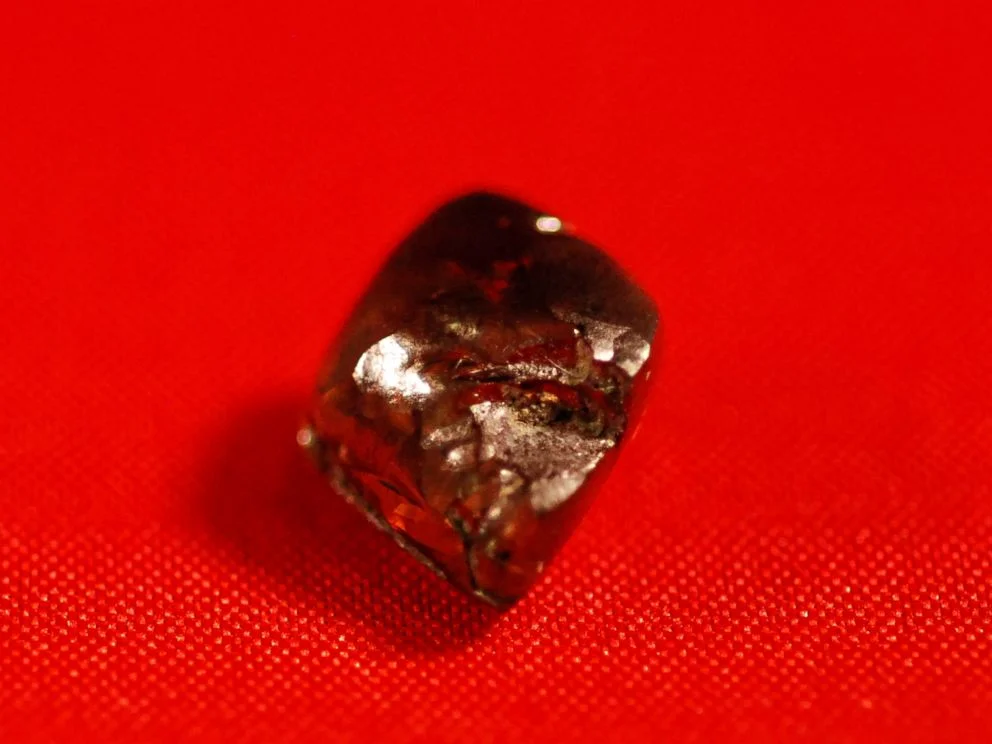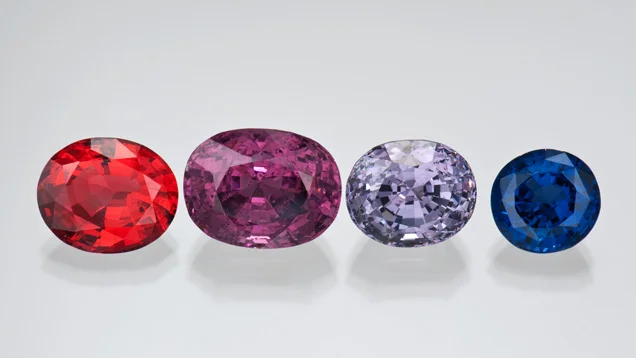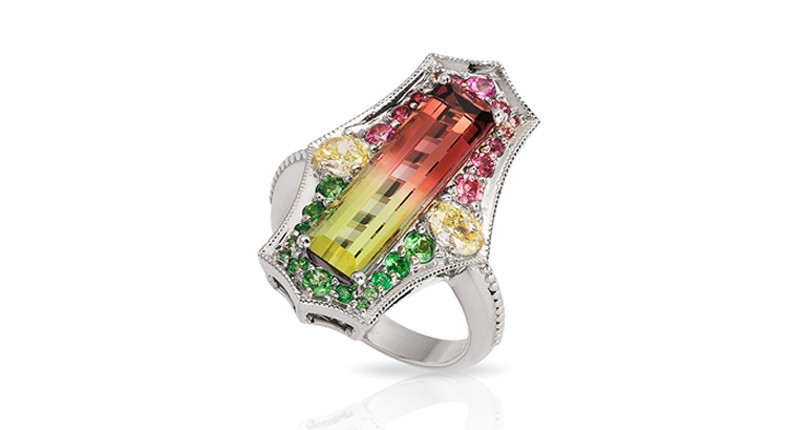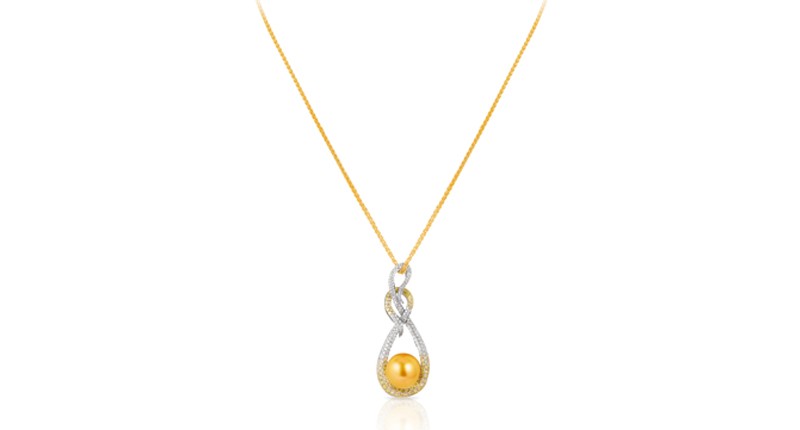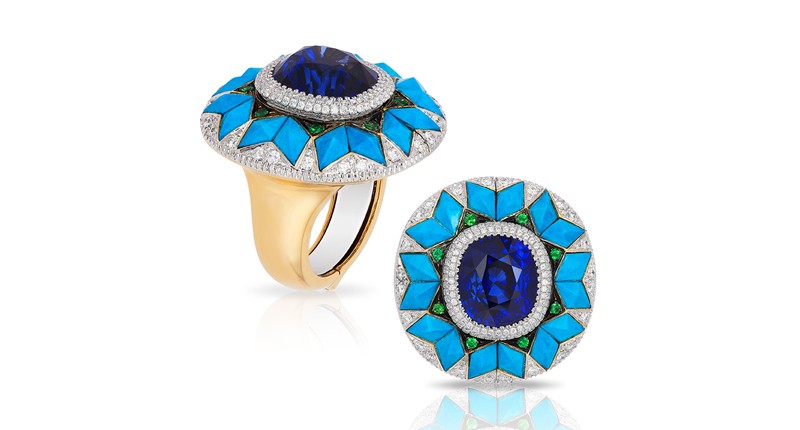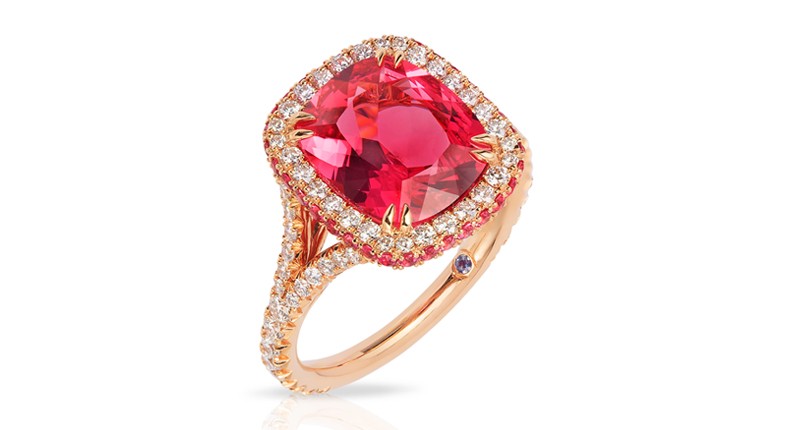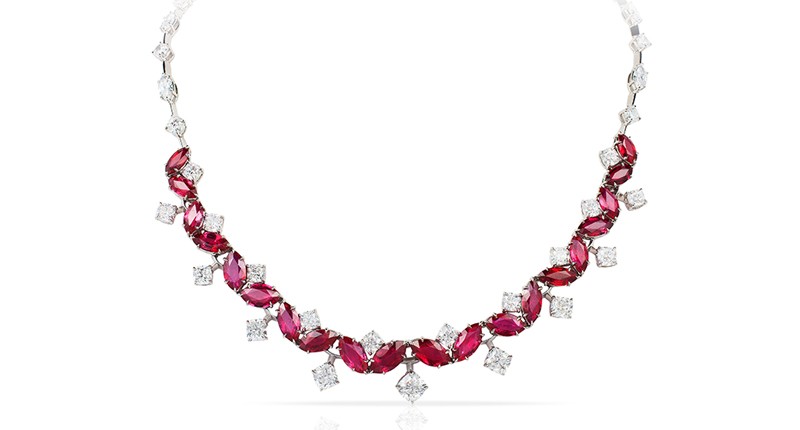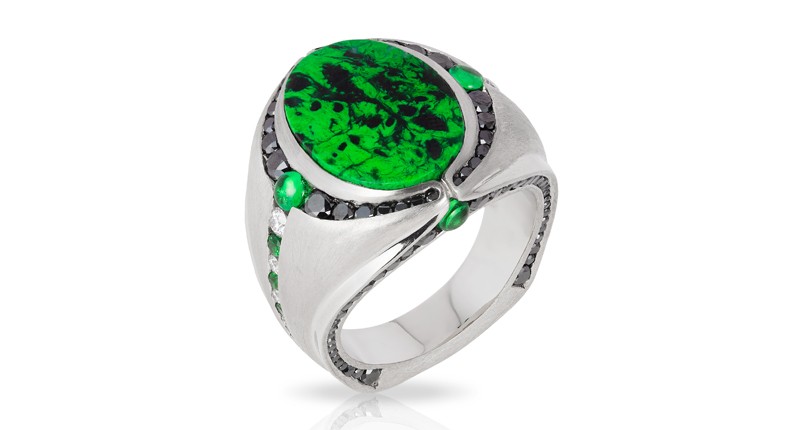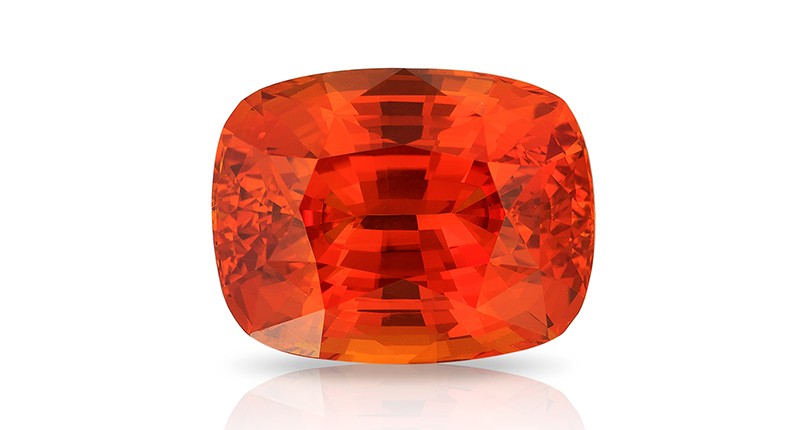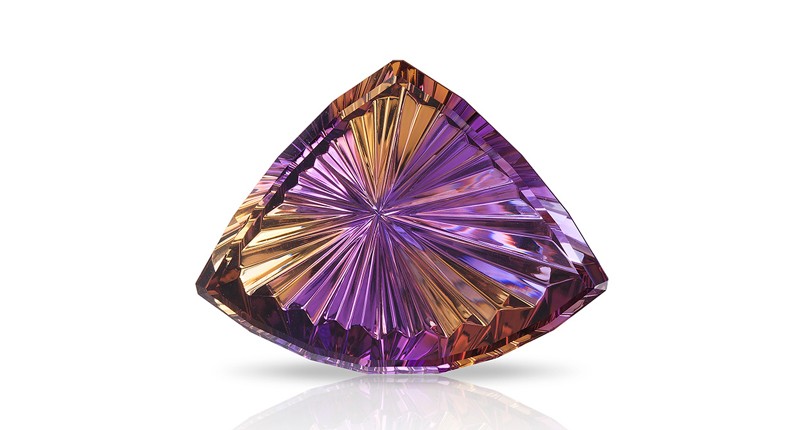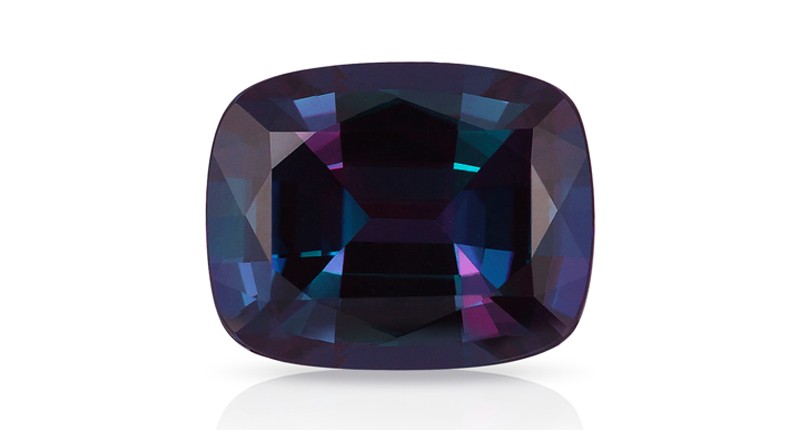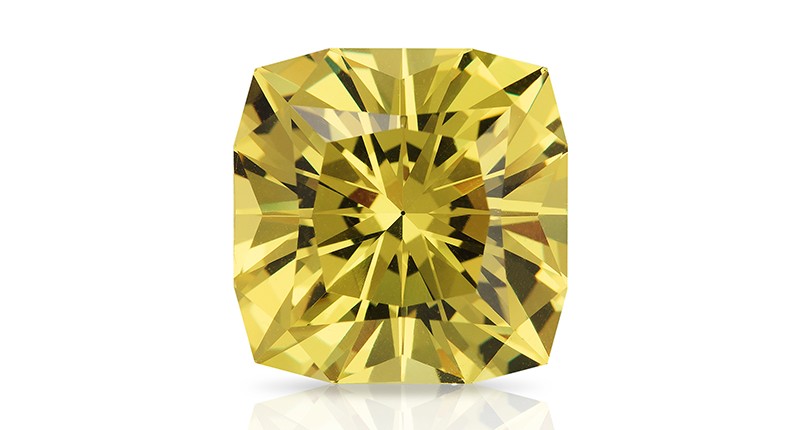Costume Jewelry Ring Turns Out to be a 26.27 Carat Diamond
/"Even if it was just a small 1-carat diamond it would be amazing, but the fact that it's 26 carats, that's larger than most would see in their lifetime let alone own dream of owning. To have one this big and truly pure is astounding," -Jessica Wyndham, head of Sotheby's London jewelry department; photo courtesy of Sotheby's Auction House
One lucky lady bought more than a fun cocktail ring for about 10 pounds (about $15) 30 years ago. This piece of "costume jewelry" turned out to be a 26.27 carat white diamond. The owner has been wearing the ring since the '80s and only recently found out from a local jeweler it could be of significant value. On Monday she met with with Jessica Wyndham, head of Sotheby's London jewelry department.
"She first bought it in the 1980s as a costume jewel, cocktail ring and she has been wearing it around ever since," Wyndham said. "It's impossible to really date it, but the style of the diamond has notable characteristics similar to what you would expect from the 19th century," she explained.
"She randomly took it to a local jeweler who said, 'This could be a diamond,' and told her to 'seriously get it looked at,'" Wyndham added. The ring's owner was searching impressive diamonds on Google when she found Sotheby's and reached out to Wyndham to get the process started. Once Wyndham was able to see the stone in person she decided to contact the Gemological Institute of America to have the gem identified officially. "They check the diamond and give a certificate confirming the color, clarity, size and weight," Wyndham said of the New York City-based company. The stone came back as a cushion-shaped diamond weighing 26.27 carats with an attractive color grade of I and impressive clarity grade of VVS2.
Sotheby's will start the low auction price at about $325,000 but Wyndham said the diamond could reach $454,000. The unique 26.27-carat white diamond will be part of a sale on June 7, 2017, that includes a diamond broach worn by former British Prime Minister Margaret Thatcher and other priceless historic jewelry items.
See all of the items included in the Sotheby's Sale Here.
